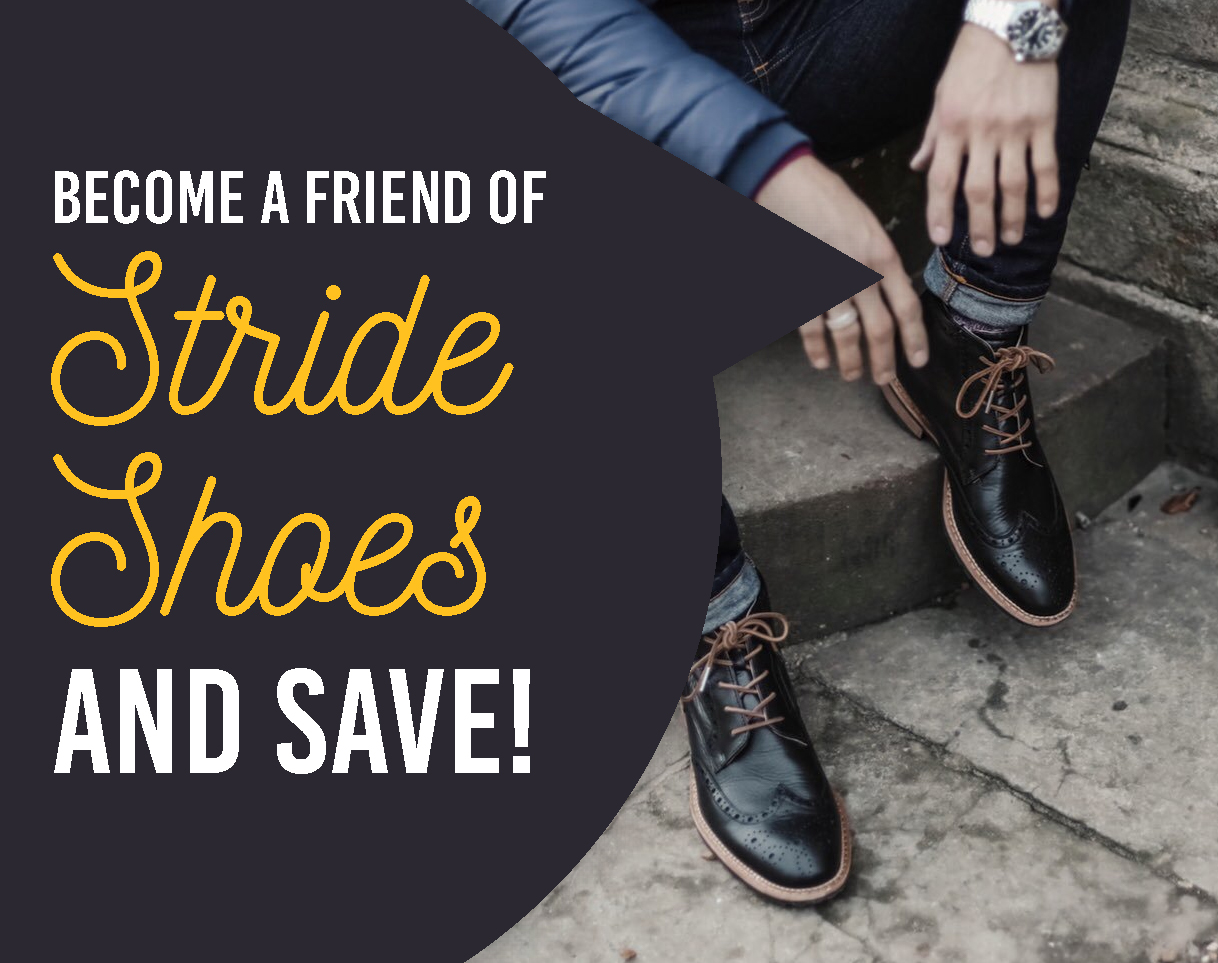Choosing the Right Pair of Orthotic Friendly Shoes
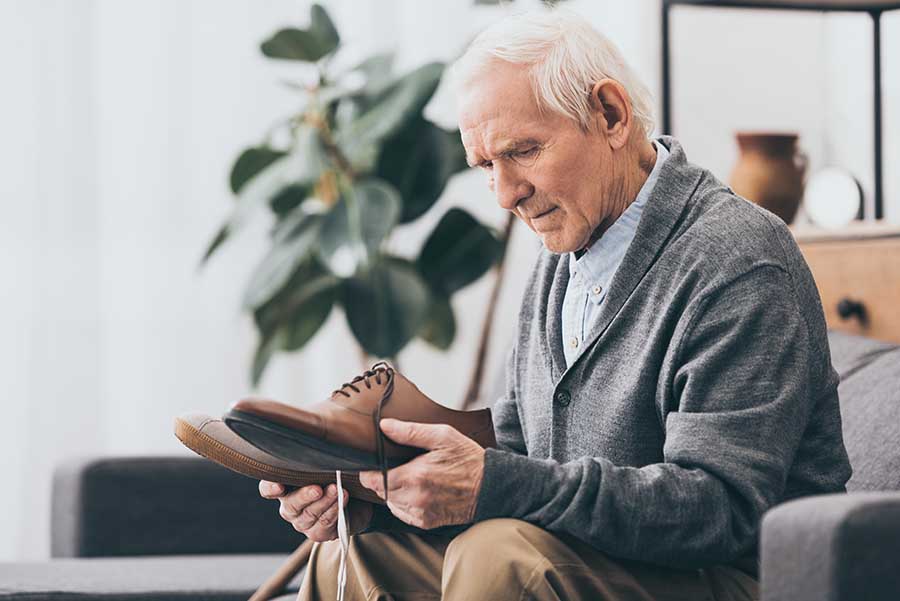
Some people find it a bit hard to walk, run or perform other kinds of physical activity due to certain structural defects of their feet. The best solution to such foot problems is using a specialised structure called orthotics.
Orthotics are either over-the-counter or custom-made products designed to provide sturdy feet support and aid in keeping a well-balanced posture. They come in different shapes and sizes, depending on the patient’s condition.
Experts at Runners Connect suggest opting for the custom-made type, despite its costly price tag, because they can provide more comfort compared to the one-size-fits-all version.
It’s important to start using a customised orthotic device if you want to upgrade the biomechanical function of your shoes. They’re also best used if you want shock absorbers that can minimise feet injuries when you work out or participate in rigorous sporting activities.
The only challenge to using orthotics or orthoses is finding the perfect men’s or women’s shoes to use. To help you shop for the best type of shoes, we have created an in-depth guide to orthotics and shoes.
Let’s jumpstart our discussion by learning about the various types of feet orthotics.
What are the different types of orthotics?
Because each person has a different type and shape of feet, no orthotic is made the same.
A foot specialist needs to create a cast of your foot. This will allow the specialist to make a 3D model that shows the exact shape and size of the foot. The cast also captures the structural issues that require immediate attention.
According to Foot Vitals, foot orthotics can be classified into two major categories, namely accommodative and functional orthotics.
Functional orthotics are specifically created to provide ample structural support to a wide range of foot abnormalities including pronation. Most of the time, these are made out of a plastic polymer which works like a charm for flat-footed individuals.
Accommodative orthotics, on the other hand, are mostly used to correct simple foot problems and relieve mild pain. A few examples of accommodative orthotics include splints, gait plates and night bars.
Alternately, orthotics can be classified into the following three categories:
- Off-the-shelf Orthotics: which are not in any way customised to your feet. This is a very basic level of support, which is often offered by your garden variety shoe of a higher quality.
- Customised Soft Orthotics: made of soft materials like foam or silicone. Mostly used by patients who suffer from severe arthritis or structural deformity. They provide enough cushioning support to minimise injuries. They can be two-third or full length orthotics.
- Customised Hard Orthotics: can be two thirds, added soft cover to full length or full length orthotics. They are made of carbon fibre or plastic. This type of structure is used to limit the movements of the foot joints.
Who should use orthotics?
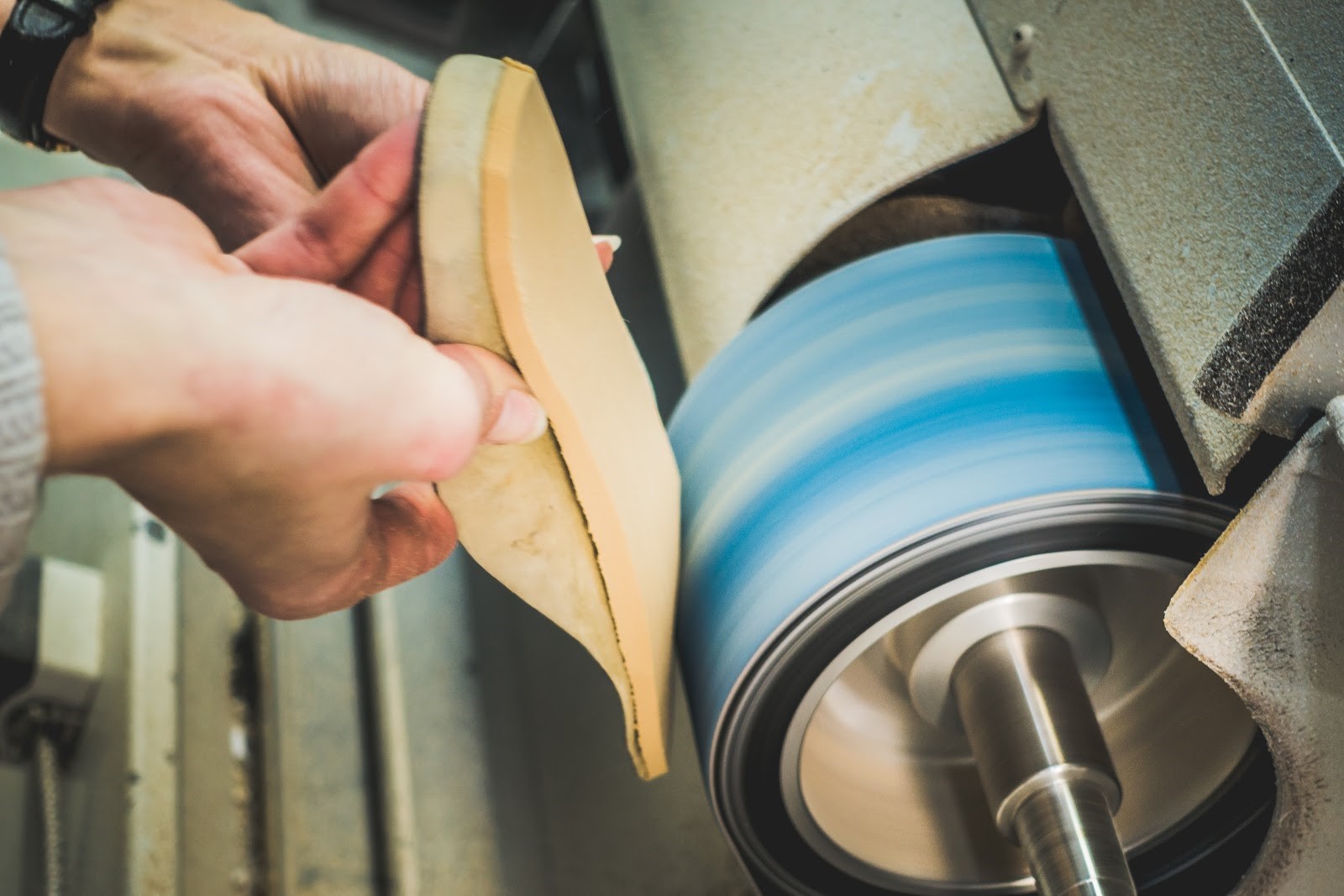
Orthotic devices can indeed provide solid foot support, especially to individuals who suffer from injuries and pain due to deformities.
Anyone can use an orthotics, regardless of one’s age, sex or foot condition.
Below are some common tell-tale signs that you need to consult with a podiatrist for a customised orthosis:
- Bunions - This foot deformity is caused by wearing tight or narrow footwear. They can also be inherited from your parents or result from a severe form of arthritis.
- Abnormal wear and tear of shoes - Check out the wear patterns on your shoes. They can provide useful insights on what conditions you may be suffering from. Below are some examples of abnormal wear patterns:
- One heal is excessively worn down - It means your feet are not properly aligned. You need customised orthotics to improve alignment and decrease abnormal heal wear.
- Lateral wear patterns on the sole - This might be a sign of supination. It means that your foot suffers from a lot of physical stress when you walk. Supination is common among individuals with high and rigid foot arches.
- Flat feet - If you have flat feet, you will most likely suffer from supination. You may notice pain when you perform extensive physical activities such as marathon runs or sprints.
- Chronic back or heel pain - If you currently suffer from unbearable back or heel pain, you need to consult with a specialist as soon as possible. They will recommend the appropriate device to use to correct the issue.
- Frequent ankle injuries - Do you often complain about ankle injuries? They might be caused by supination or injuries resulting from intense physical activity. Wearing the right type of orthoses will surely help you alleviate the pain and speed up healing and recovery.
If you suffer from any of the issues enumerated above, it’s important that you schedule a check-up with your foot doctor right away. This will help you prevent the issue getting worse.
Then, once you have the orthotics made and fitted, your next goal is to find the best shoes to put said orthotics in.
Buying the best shoes to wear with orthotics
Wearing the wrong pair of shoes might prevent your orthotics from functioning properly. This is why, when you shop for the best trainers for orthotics, you need to pay close attention to the following features:
- Rigid heel counter - To keep your ankles in the right position when using an orthotic device, your shoes need to have a firm heel. This will prevent the ball of your heels from rolling or slipping away from the shoes even when you walk or run fast.
- Minimal torsion/twist - Buy shoes that don’t twist easily. Otherwise, you won’t get enough arch and base support that your feet need.
- Firm density midsole - Touch the midsole and check if it’s soft enough. Then, try to put a bit of pressure on it and check if it compresses easily. The midsole plays a crucial role in reinforcing the strength of the orthotic device you will use.
- Wider foot support – A wider footbed means stronger foot support. Along with your customised foot device, a pair of shoes with a wide foot base will help you walk with greater ease.
- Easy to remove footbed - Accommodative orthotic devices like splints and AFOs take up so much room. If you use this type of orthotic device, make sure that you pick shoes that come with an easy-to-remove innersole or footbed.
- Wide toebox - Narrow shoes will only cause problems like bunions or achy and inflamed toes. On top of that, there won’t be enough space for your foot once you insert the insole if the toebox is not wide enough.
- Low heel - If you need to wear AFOs, it’s best to look for shoes with low heels. This will help you ensure comfort while you walk.
- Sufficient shoe depth - With enough shoe depth, you can fit an orthotic device with great ease. This will also help you prevent your shoes from slipping off when you run.
Additional tips when buying the best shoes to fit orthotics
Buying a new pair of shoes or orthotic sandals can be quite challenging, because you have to make a lot of considerations. Aside from the tips we have shared above, here are additional practical shopping tips you can use to find the best shoes with orthotics online.
- Expensive shoes aren’t always the best option - For example, if you want to find the best sneakers for orthotics, you don’t necessarily have to look for an expensive brand. There are numerous reasonably-priced pairs of shoes that work really well with orthotics. Focus on the quality and specifications of the shoes.
- Double check the labels online to make sure it's the right pick - Because you’re buying shoes online, you need to ensure that the specifications of the shoes match that of the device. Understand the product label and ask for assistance from customer support before you complete a purchase.
- Make sure the shoes have the same shape as your foot - The product label or description will tell you the shape of the shoes. Pay extra attention to this detail to ensure your complete comfort.
- Pay attention to the shoe sizing chart of the manufacturer - Sometimes, there are some minor discrepancies in shoe sizing charts. Manufacturers tend to use varying standards when they measure their products, so it’s crucial that you compare their charts before you decide which shoe size you’ll get.
- Podiatrists will experiment with inserts to find the best fit. You may not get the desired result the first time around, but that should not discourage you from trying another insert.
- Manufacturers like Ziera and Revere have developed the flexible fit. This means there are specific options that will come with the shoe, to ensure that the orthotic fits perfectly within the shoes. These include strap extensions, half inner soles, fillers, and so on.
- Your best bet is to take the orthotic to a shoe retailer and fit it to the shoe, rather than vice versa. Once you have chosen your shoe, you can go back to your podiatrist and make any additional adjustments that might be needed.
- An adjustment period is normal. You will need some time to get used to your orthotics, which may take up to six months. The best shoe to start wearing your orthotics with is a sturdy laceup. Once you are sure they feel right, you can move on to trying different styles.
- Make sure to keep the shoes in a good condition when purchasing them. Walk on surfaces that will not soil your new shoes, which will make it easier to exchange them for a different size, if it turns out you have made a mistake initially. After all, wearing a shoe for a couple of minutes is nothing like spending an entire day in them.
Our top picks for you:
Ecco Cool 831304
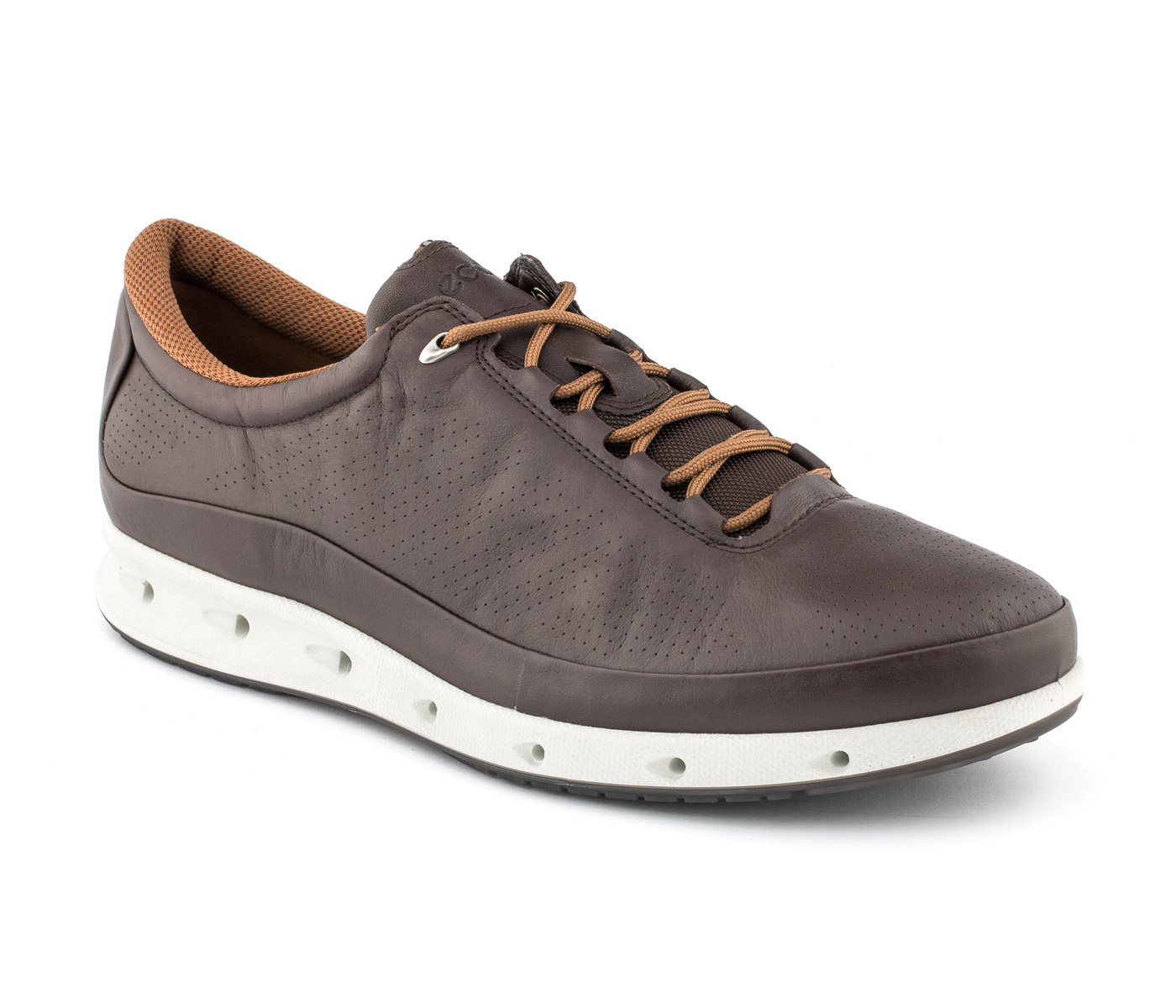
The perforated upper in soft leather offers excellent flexibility and the GORE-TEX® SURROUND® waterproof construction ensures breathability from all angles. The durable and lightweight TPU outsole will ensure you are comfortable all day.
.jpg)
The padded tongue and collar ensure comfort, while the rubber sole provides a durable grip. The Rockport proprietary walking platform provides a wide base for heel support and forefoot flexibility. The EVA midsole provides shock absorption and reduces fatigue.
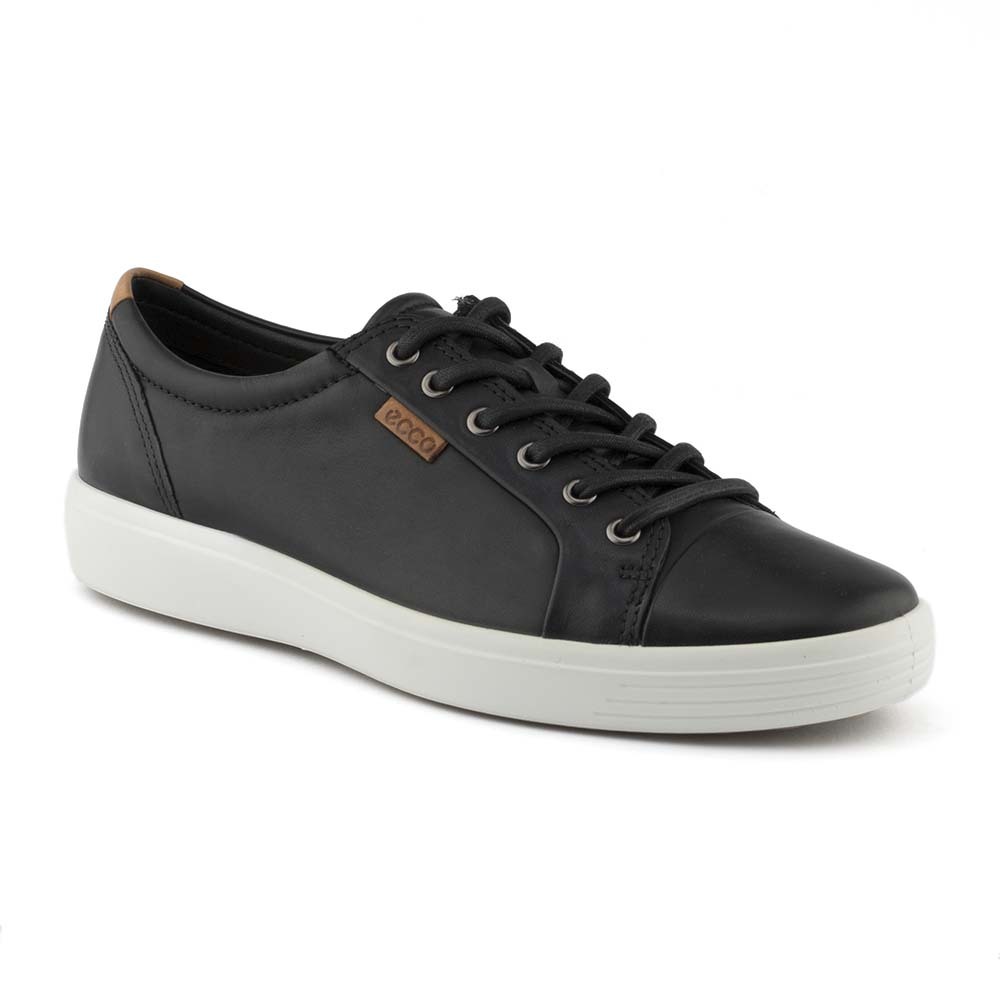
A modern lace sneaker with a light and soft feel. Its full anatomical last shape provides a superbly comfortable fit. The removable inlay sole with its ECCO Comfort Fibre System® helps keep you fresh and dry.
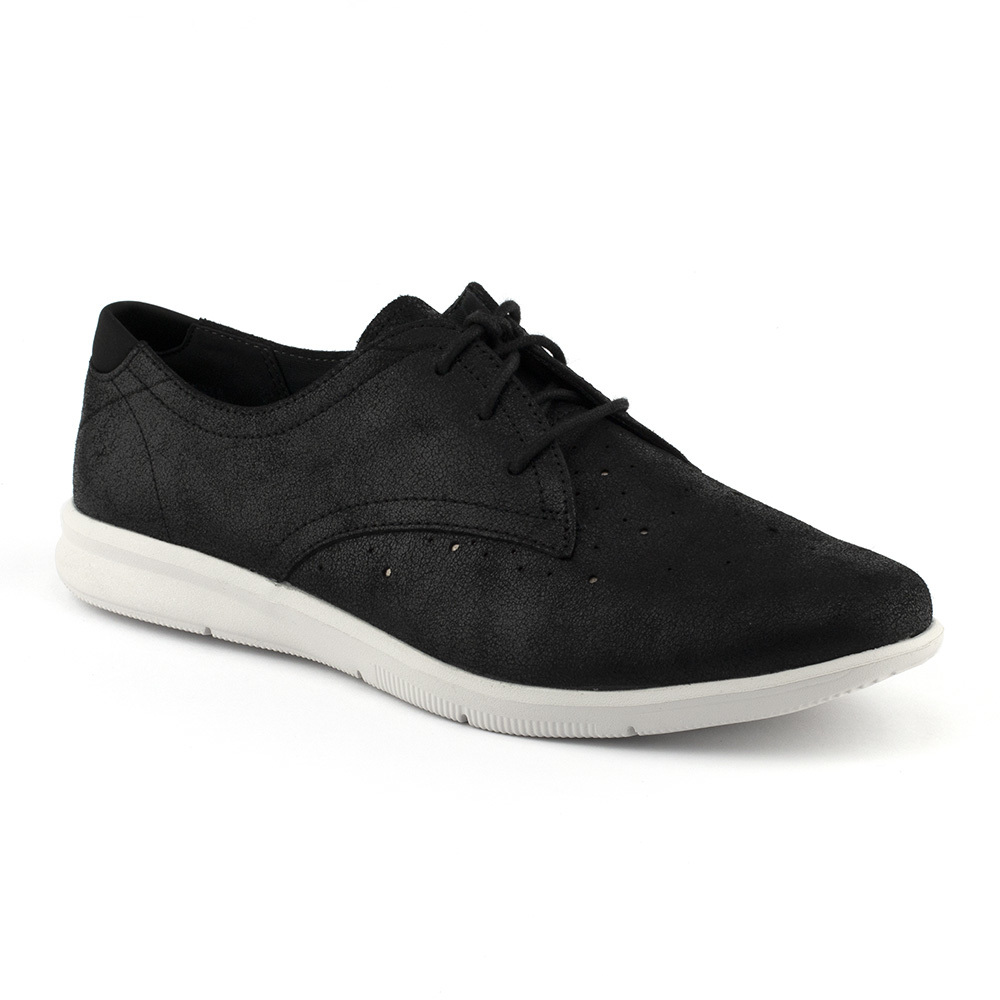
A contemporary and modern style suitable for everyday wear. Offers exceptional comfort and flexibility, while the texture lining also provides breathability. The EVA Midsole and Outsole provide impact absorption and ensure durability.
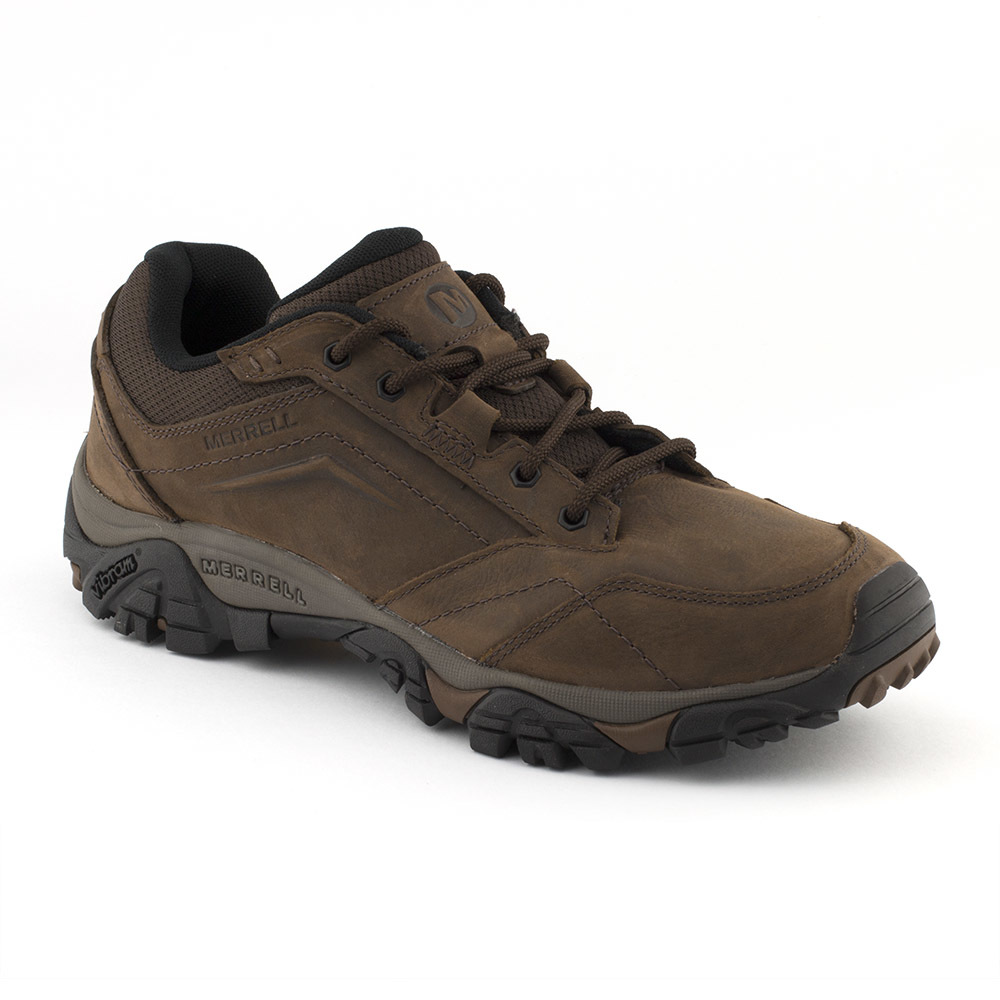
This waterproof breathable pair has a FIT.ECO blended EVA contoured footbed with organic odor control and a traditional lace closure. The nylon arch shrank and EVA midsole ensure stability and comfort.
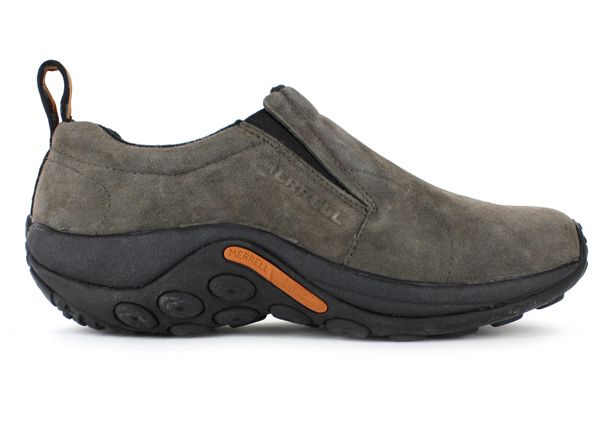
The leather or suede leather upper and mesh lining provide excellent breathability and comfort. The compression molded EVA footframe ensures cushioning and 3mm lug depth.
Find the right shoes for you
Buying the wrong shoes for your orthotics can be quite a nightmare. It will be hard to walk around and enjoy your usual day-to-day activities if you choose a pair of shoes that’s too small or too big for you.
With the tips and tricks we shared above, we hope you can find the best shoes for orthotics in Australia online. Go ahead and run through the tips again one more time so you end up with the right footwear for your orthoses.
Looking for the best shoes to wear with custom orthotics? We have a wide array of shoes that will surely suit your taste and satisfy your needs. Browse our orthotic friendly catalogue today!

